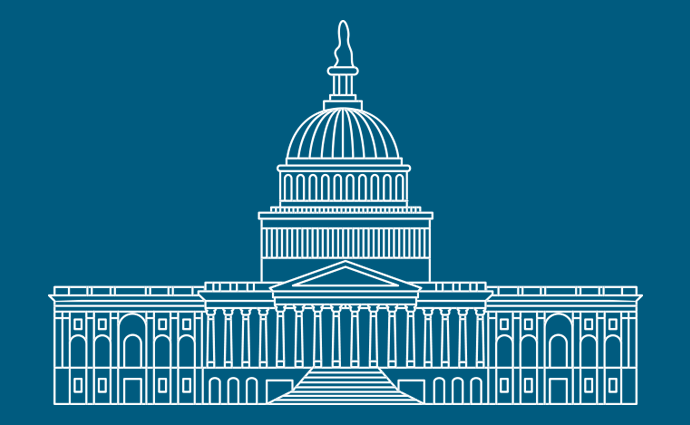AARP: Congress Must Take Action on ACA Market Stabilization Solutions
In written testimony to the Senate, AARP suggested policy protections and actions that allow Congress to foster ACA market stabilization solutions.

Source: Thinkstock
- In order to protect healthcare consumers and stabilize the ACA marketplace, Congress must pass legislation that creates affordable and accessible coverage options, protects Medicaid and Medicare program funding, and expands prescription drug price competition, said AARP.
In written testimony to the US Senate Committee on Health, Education, Labor, and Pensions, the organization provided Congress with four suggestions that may contribute to creating a more stable health insurance marketplace.
Pass legislation that creates affordable and accessible coverage options
Congress has the capability to ease growing market uncertainty by legally securing market-positive policies AARP said.
AARP believes Congress should pass market stabilization legislation that includes funding cost-sharing reductions (CSRs) and reinsurance programs, which can help strengthen the ACA markets and reduce premiums.
Market uncertainty has led major healthcare payers like Anthem to exit the ACA individual exchanges in certain states, and has led BCBS branches to raise premiums into the next year.
“Greater certainty would help foster more robust competition among insurance companies in a given marketplace and help provide more financial stability to expand enrollment,” AARP said.
Protect Medicaid funding and promote state Medicaid funding for home healthcare services
House and Senate healthcare reform proposals have included significant cuts to Medicaid, which would be detrimental to millions of beneficiaries, AARP argues.
“Medicaid is a vital safety net and intergenerational lifeline for millions of individuals, including over 17.4 million low-income seniors and children and adults with disabilities who rely on the program for critical health care and long-term services and supports,” AARP said.
Keeping current Medicaid funding in place and allowing states to have more flexibility when allocating Medicaid dollars could ensure that these beneficiaries continue to have access to the care they need.
In addition, allowing states to use Medicaid funds for home and community-based services (HCBS) without federal permission may increase care quality for vulnerable geriatric patients and generate cost-savings.
“We recommend that states be given the ability to use Medicaid dollars for HCBS – without having to request permission from the federal government. HCBS are more cost effective -- states can serve 3 people in HCBS for every one person in a nursing home on average per person in Medicaid -- and help people live in their homes and communities where they want to be,” AARP said.
Secure Medicare programs from fraud and promote Medicare innovation
CMS programs are at regular risk of fraud because of their size. Because these programs provide healthcare services to millions of beneficiaries, more investment is needed to ensure that Medicare is providing advanced comprehensive care while remaining safe from fraud and abuse.
“The ACA put in place a strong framework for developing and testing new ways to deliver care with the goals of reducing cost and improving outcomes,” AARP said. “We support the work that the Center for Medicare and Medicaid Innovation is doing, and urge Congress to enhance its ability to improve care coordination across Medicare.”
AARP added that instead of cost-shifts or cuts, Congress must add further investment into waste, fraud, and abuse because the financial return directly benefits spending.
“Increased funding coupled with more rigorous oversight and enforcement by the Centers for Medicare & Medicaid Services and the Internal Revenue Service would reduce bad actors and help Medicare’s finances considering that the return on investment for program integrity efforts is approximately $5 for every $1 spent, maintaining adequate resources is crucial,” AARP said.
Increase prescription drug market competition
An increase in competition among pharmaceutical companies could reduce costs and generate savings, AARP suggested.
“Older Americans use prescription drugs more than any other segment of the US population, typically on a chronic basis,” AARP said. “Since the enactment of the law [closing Medicare Part D coverage gaps under the ACA], more than 11.8 million Medicare beneficiaries have saved over $26.8 billion on prescription drug costs.”
AARP suggested several cost-cutting measures, including allowing for the safe importation of lower priced drugs, reducing the amount of market exclusivity for brand name biologics, and prohibiting agreements between brand name and generic drug manufacturers that delay access to less expensive medications.
“We look forward to working with you to ensure that we maintain a strong health care system that includes robust insurance market protections, controls costs, improves quality, and provides affordable coverage to all Americans,” AARP concluded.
